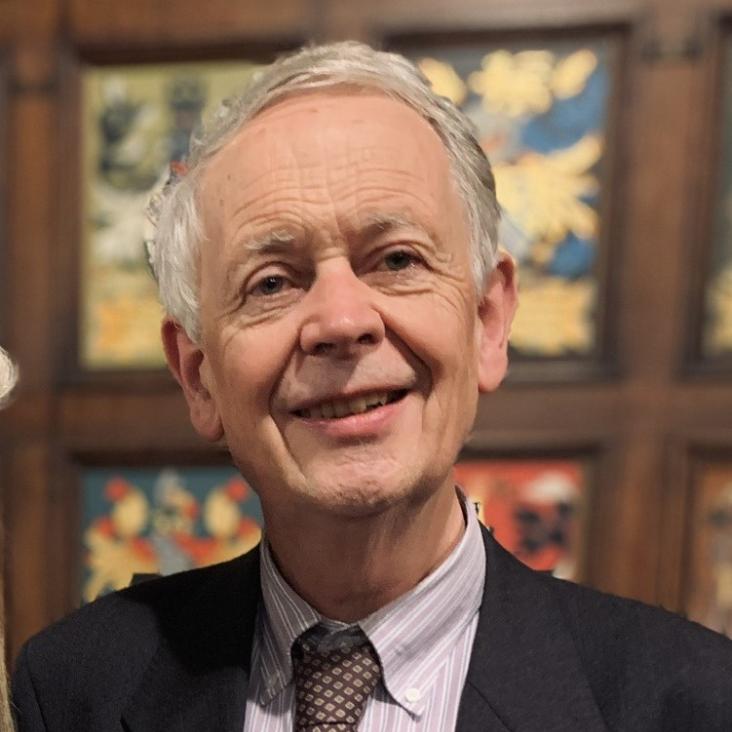A new formula for disc kinematics
Monthly Notices of the Royal Astronomical Society 419:2 (2012) 1546-1556
Abstract:
In a disc galaxy, the distribution of azimuthal components of velocity is very skew. In the past, this skewness has been modelled by superposed Gaussians. We use dynamical arguments to derive an analytic formula that can be fitted to observed velocity distributions, and validate it by fits to the velocities derived from a dynamically rigorous model, and to a sample of local stars with accurate space velocities. Our formula is much easier to use than a full distribution function. It has fewer parameters than a multi-Gaussian fit, and the best-fitting model parameters give insight into the underlying disc dynamics. In particular, once the azimuthal velocities of a sample have been successfully fitted, the apparatus provides a prediction for the corresponding distribution of radial velocitiesvR. An effective formula like ours is invaluable when fitting to data for stars at some distance from the Sun because it enables one to make proper allowance for the errors in distance and proper motion when determining the underlying disc kinematics. The derivation of our formula elucidates the way the horizontal and vertical motions are closely intertwined, and makes it evident that no stellar population can have a scaleheight and vertical velocity dispersions that are simultaneously independent of radius. We show that the oscillation of a star perpendicular to the Galactic plane modifies the effective potential in which the star moves radially in such a way that the more vertical energy a star has, the larger is the mean radius of its orbit. © 2011 The Authors Monthly Notices of the Royal Astronomical Society © 2011 RAS.Accretion by the Galaxy
EPJ Web of Conferences EDP Sciences 19 (2012) 08001-08001
Analysing surveys of our Galaxy - I. Basic astrometric data
MONTHLY NOTICES OF THE ROYAL ASTRONOMICAL SOCIETY 419:3 (2012) 2251-2263
Comparing theoretical models of our galaxy with observations
EPJ Web of Conferences EDP Sciences 19 (2012) 10001
Fountain-driven gas accretion by the Milky Way
EPJ Web of Conferences EDP Sciences 19 (2012) 08008


